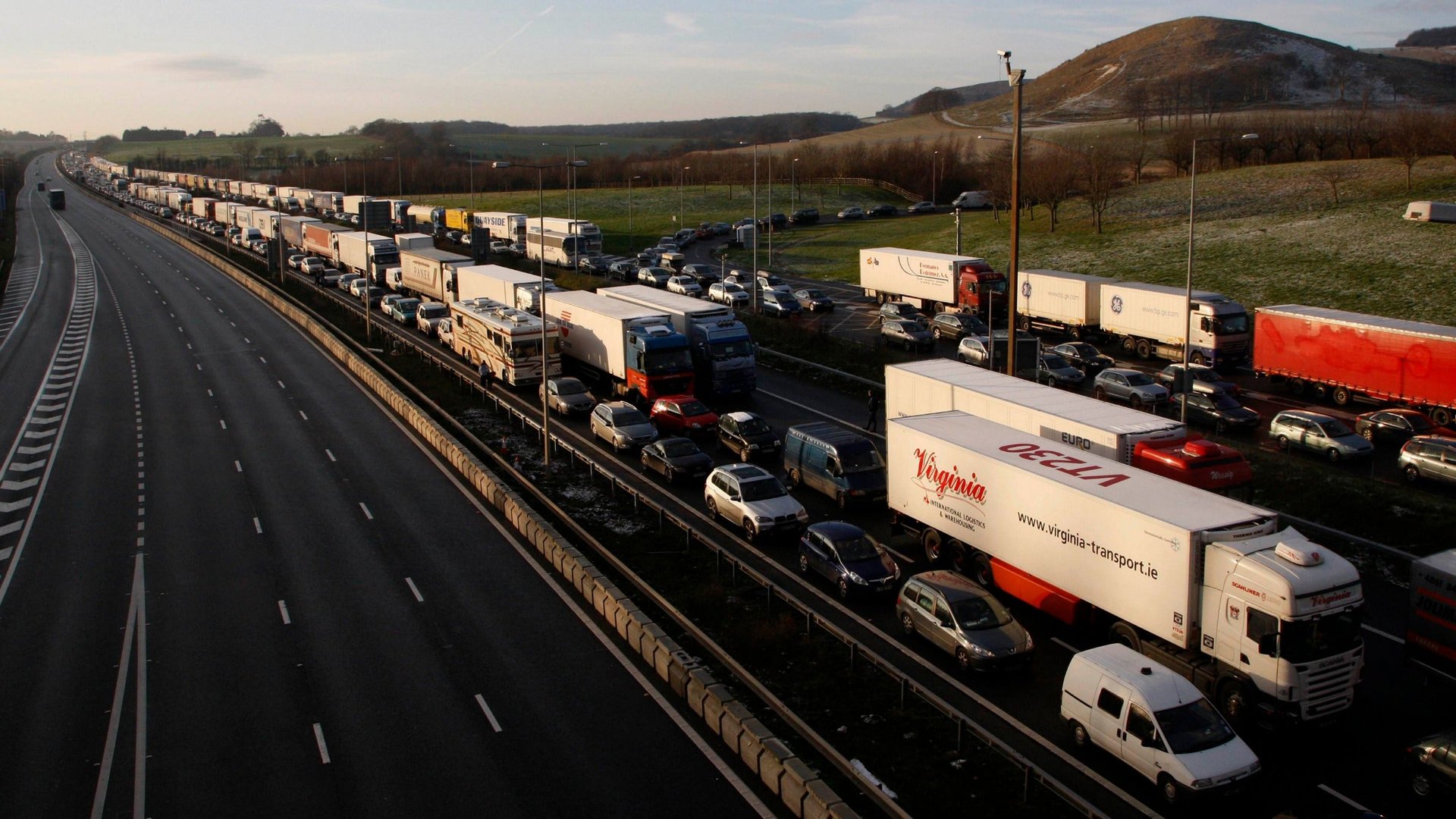The scientific reason why you’re always stuck in traffic
Tom Vanderbilt, author of Traffic, gave a great 20-minute overview on the counterintuitive science of congestion at the Boing Boing: Ingenuity conference in San Francisco last month. Turns out a lot of the problems we ascribe to poor roads or other drivers are really our own fault. “[T]he individual driver cannot often understand the larger traffic system,” says Vanderbilt.


Tom Vanderbilt, author of Traffic, gave a great 20-minute overview on the counterintuitive science of congestion at the Boing Boing: Ingenuity conference in San Francisco last month. Turns out a lot of the problems we ascribe to poor roads or other drivers are really our own fault. “[T]he individual driver cannot often understand the larger traffic system,” says Vanderbilt.
The talk is worth a full watch—especially if you’re parked in gridlock—but we’ve plucked out a few nuggets most relevant to metro area commuters.
Executing the “zipper” merge. Road work often reduces two lanes of traffic down to one. In these situations, American drivers typically merge into the right lane as soon as possible and form one long line. The main reason they do this is because people think it’s bad behavior to stay in the left lane and merge late.
In fact, says Vanderbilt, traffic would be much better off if cars stayed in both lanes then merged at the very end, one by one, like a zipper. It’s safer (fewer lane changes), it reduces back-ups (often up to 40%), and it quenches road rage (still on the rise).
The zipper merge is used in Germany but can’t overcome its bad reputation in the United States. A trial in Minnesota failed because drivers wouldn’t stay to the left. They were too nice.
Maintaining a steady speed. A big reason for traffic is that too many cars are trying to occupy too little space on the road. But that’s not the only problem. A human inability to maintain a steady speed and following distance on the highway makes traffic a lot less smooth than it could be.
A few years back a group of Japanese physicists gathered drivers on a closed loop course and asked them to keep a certain speed and following distance. They couldn’t do it. After a while the system broke down and a reverse shockwave rippled back through the whole line of cars.
“You’re not driving into a traffic jam,” says Vanderbilt. “A traffic jam is basically driving into you.” He thinks autonomous cars will reduce this problem considerably.
Getting drivers onto transit. So relatively small flaws in driving behavior have a major impact on congestion. But the biggest problem may be that people just can’t seem to give up driving, no matter how much they hate traffic. (This irrational bias toward driving has recently been called the ”car effect.”)
“You can’t just assume that as bad as traffic gets that people are automatically going to migrate to mass transportation,” says Vanderbilt.
That’s too bad, he says, because even a small drop in driving would improve congestion dramatically. One recent study of metropolitan Boston found that getting 1% of commuters off the road would enable the rest to get home 18% faster. Vanderbilt ends his science of traffic talk without suggesting ways to target this 1%. Fortunately there’s also a science of mass transit on the case.
This originally appeared at The Atlantic Cities. More from our sister site:
For around $14, you can own part of the Empire State Building